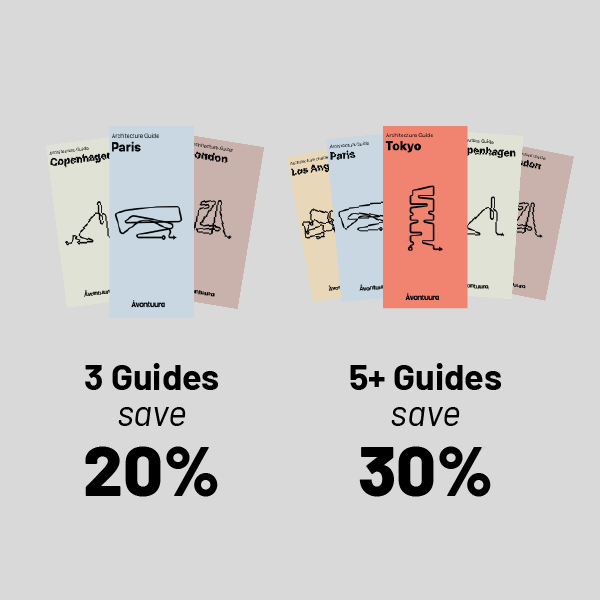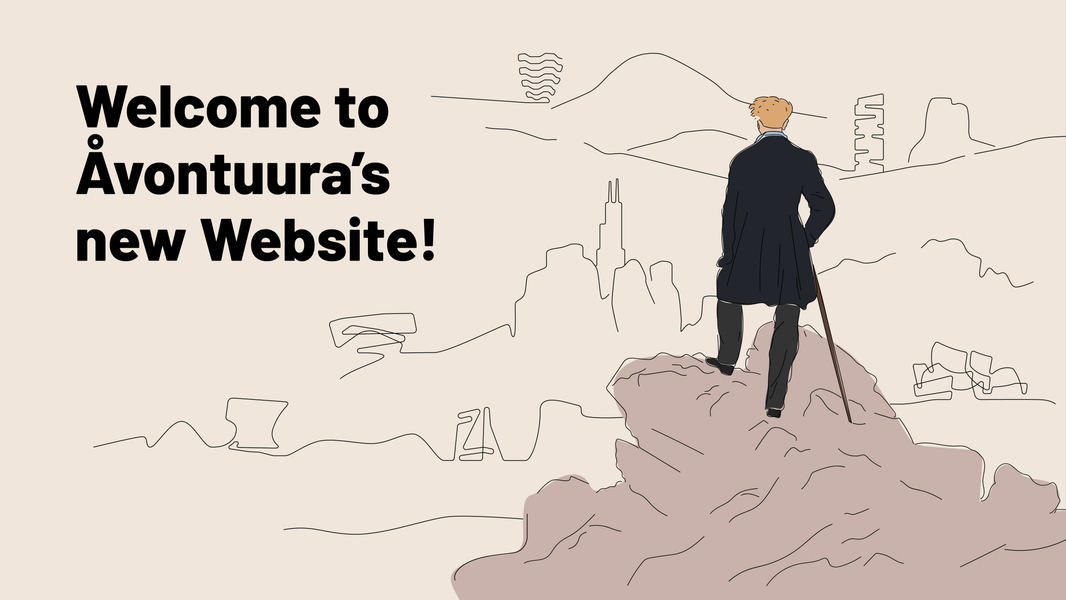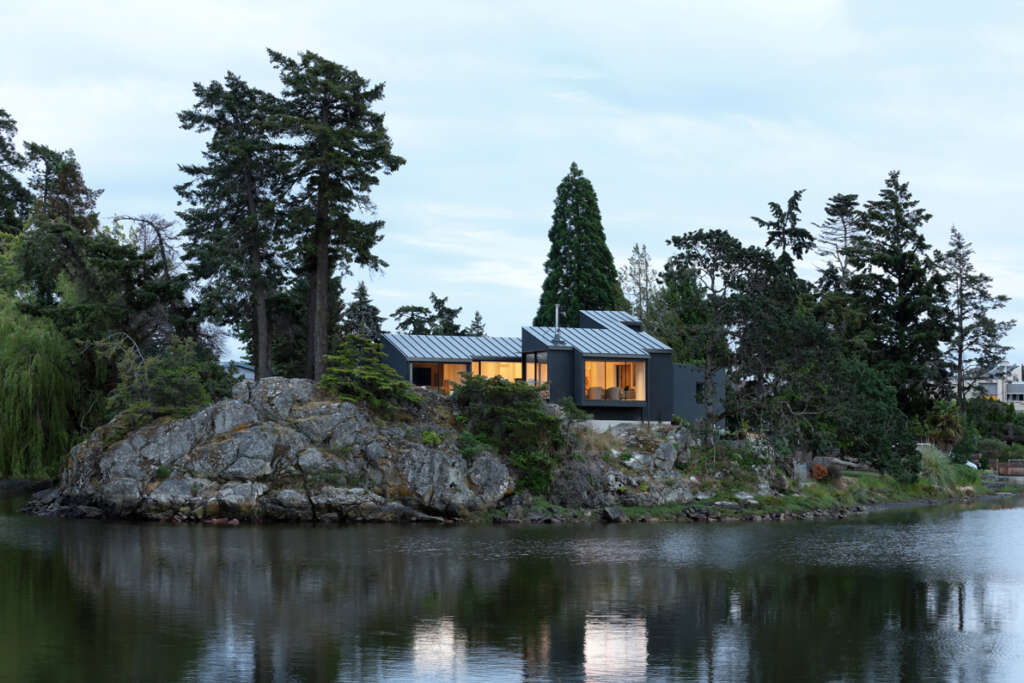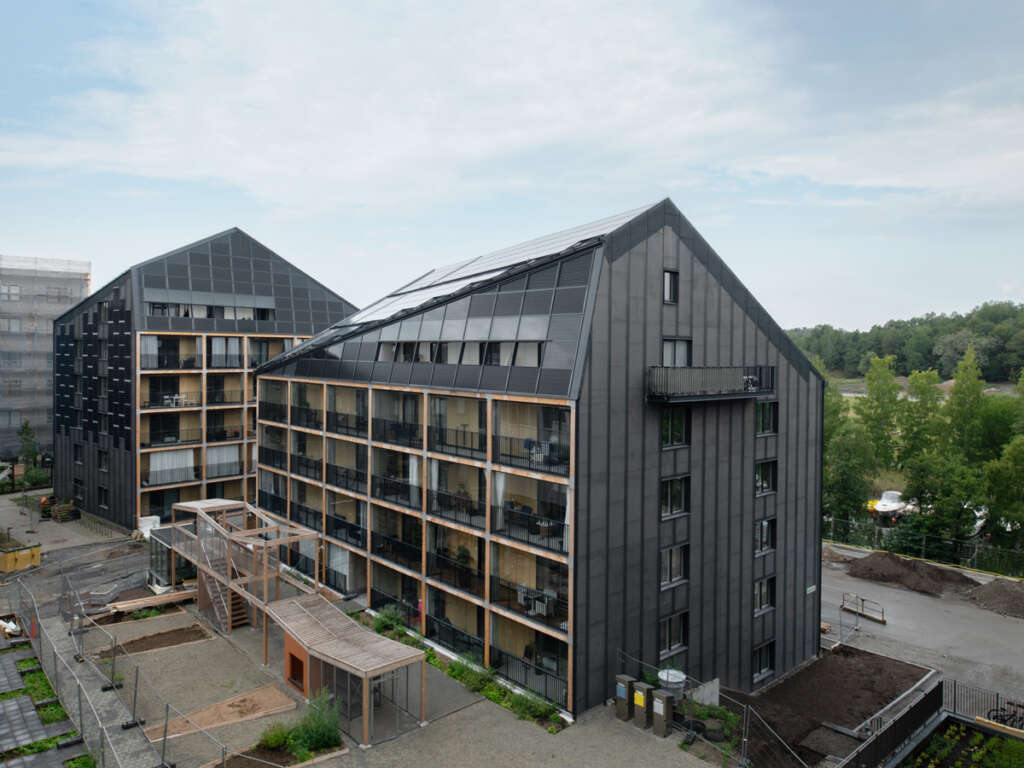
Como Agua
Architect: Otherworlds Studio
Location: Vagator, North Goa, India
Type: Bar, Restaurant
Year: 2023
Photographs: Studio Charau
Idea
The following description is courtesy of the architects. The project was imagined as a bird’s nest perched on top of a hill in a forest. The intention was to explore what it’s like to dine in and around an overgrown enlarged
weaver’s nest on a hill surrounded by lush tropical paradise. The idea and design execution was conceived in collaboration with Studio Bamboopecker from Bangalore and local architect Yogesh Pednekar.
Located on Vagator cliff overlooking the sea in North Goa, India, this restaurant and bar was a challenge to build and execute. The entire structure was built sustainably from the construction techniques to its building materials. The project has been primarily built using bamboo and a repurposed wild shrub, Lantenna Camara. The latter being an invasive species of plants widespread in the Western Ghats which affects agriculture, forest growth, wildlife and tribal livelihood every year.
By repurposing this wild invasive species and using it as a building material the project displays innovative building practices using biological materials while creating emphasis on lantenna removal, use and restoration.





Ecological Concern
The alarming issue of the invasive lantenna species were brought to light by Studio Bamboopecker. Through their initiative and active sourcing of lantenna from the forests of the Western Ghats, the invasive plant was brought to site and then weaved into the built form. This is arguably the first time lantenna has been used as an architectural element in structure.
Lantenna Camara has been listed as one of the ten worst invasive species in the world. It has invaded over 40% of the Western Ghats, a total of 13 million hectares of Indian landscape. Arriving in India as an ornamental plant in the early 1800s, lantana has escaped from gardens and taken over entire ecosystems.
Lantana is mainly dispersed by fruit-eating birds, monkeys, bears, etc., but it also has a capability to grow from its root-stock, and nodes. This results in it’s widespread growth.
The aggressive Lantenna growth affects biodiversity, livelihoods, and human & animal health. This widespread growth displaces native plants which then forces wildlife to migrate or starve. This leads to more human-wildlife conflicts as they flee to nearby human settlements and raid farms and villages for food. Lantenna reduces the productivity in pasture through the formation of dense thickets, which reduce
growth of crops as well as make harvesting more difficult. It significantly slows down the regeneration of forests by preventing the growth of new trees. The dense growth of lantenna also affects the lifestyle and livelihood of tribal communities living in these regions. The invasive species has made it exceedingly difficult for them to access the forest to forage for edible tubers and collect firewood.
All these alarming issues and threats exposes the eminent danger caused by Lantenna growth, highlighting its eradication and the urgency of find new innovative methods of Lantenna removal/restoration.





Biomimicry
The design is heavily inspired by forms found in natural environments. We were fascinated by the wild women nests of weaverbirds.
The weavers are social birds, usually nesting and feeding in colonies. They collect all sorts of natural materials like twigs, fibres and leaves to weave a membrane that acts as their nest, usually hanging from the branch of a tree. Materials used for building nests include fine leaf fibers, grass, and twigs. Many species weave very fine nests using thin strands of leaf fiber, though some, like the buffalo-weavers, form massive untidy stick nests in their colonies, which may have spherical woven nests within.
We wanted to explore the experience of dining within and around a weaver’s nest. The top deck of the restaurant house two nests where one can sit and dine while enjoying the view of the sea and beach. On the ground floor an undulating membrane of lantenna wraps the bar and pizza counters and houses a wooden
bench in between, which becomes a cozy corner for a small family come for dinner.
The wire mesh lamps all over the space lighting up the tables are also inspired by hanging nests found in trees. These lamps hang at different heights creating a whimsical warm vibe mimicking the organic nature of their biological counterparts found in forests.





Sustainable Building - Repurposing Natural Materials
The repurposed Lantenna from the forests of the Western Ghats were brought to site to cut, trim and then bent to wrap around metal mesh structures creating a skin/membrane. This membrane was used to create railings, compound wall partitions, nest like structures, facades and canopies. Studio Bamboopecker helped
sourcing the Lantenna and also executing the bamboo and lantenna works in the project.
Bamboo, which is native to the region has been extensively used for structure and façade treatment. Varying thicknesses and sizes of Bamboo were first treated and then used in the space. All the works were carried out in collaboration with team Bamboopecker.
We recycled local wood pieces to create custom patterns for the bar counter tops and façade. Even the outdoor built-in benches were made using reclaimed pieces of Matti wood. Reclaimed thin slabs of this wood were procured and burnt/charred to create display shelving for alcohol bottles at the back of the bar.
Indian Kota stone was used for the interior flooring. Larger Kota stone slabs of varying polished and colors (rough to smooth) were cut into thinner pieces and then laid on site to interlock with the outdoor wooden deck. Locally available Matti wood is used for making all the furniture and the outdoor decking.
Project Details
- Project Name: Como Agua
- Project Type: Bar and Restaurant/ Hospitality
- Location: Vagator, North Goa
- Size: 3750 sqft
- Seating Capacity: 120-150
- Completion Date: 2023
- Photographer: Studio Charau
Project Team
-
Otherworlds Studio Team:
- Founder and Principal: Arko Saha
- Project Team: Mandar Pounikar, Lionel Alphonso
- Social Media: @otherworlds
-
Bamboo and Lantenna Design and Consaltancy: Bamboopecker
- Social Media: @bamboopecker
- Local Architect: Yogesh Pednekar
- Structural consultant: Rohan Davjekar
- Landscape Contractor: Prabhat Hegde
- Steel design and Fabrication: Vikra Enterprises
- Woodwork: Orville Dsouza, Ideal Concepts, Narayan
- Civil contractor: Nilkanth Kerka, Sagar Astekar
- Project Coordinator: Siddharth Kamat, Sandeep Govenkar
-
Photographer: Fabian Charau, Studio Charau
- Social Media: @studio_charuau



